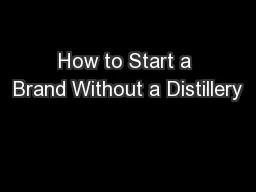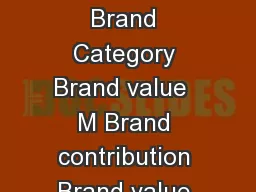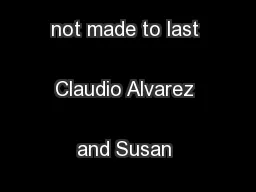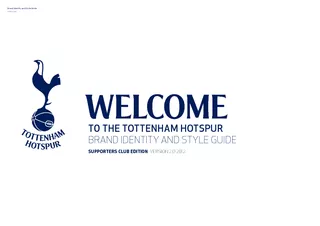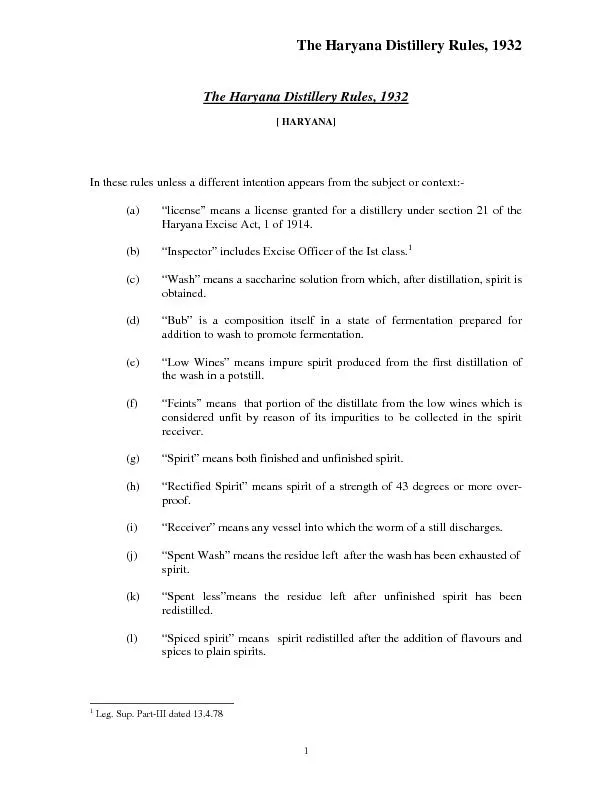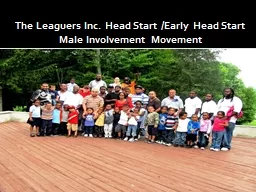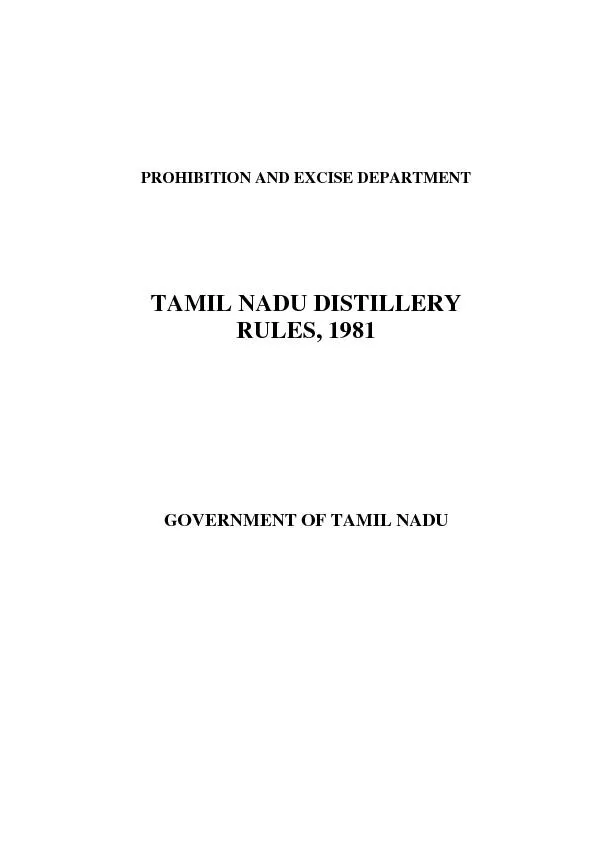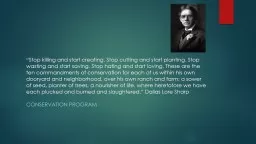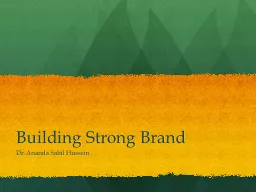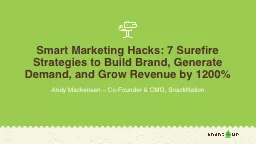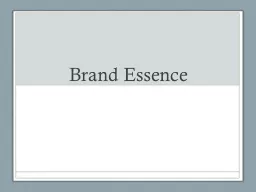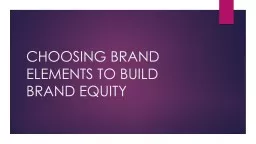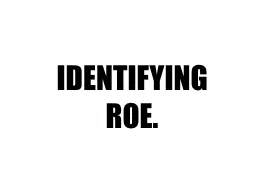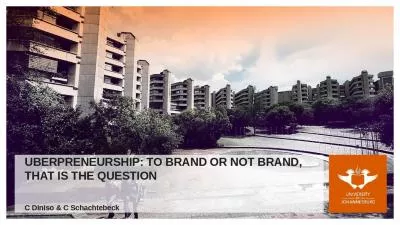PPT-How to Start a Brand Without a Distillery
Author : aaron | Published Date : 2018-03-09
By Chris Mehringer International Bulk Wine and Spirits Show San Francisco CA July 27 2017 2 Todays discussion does Provide some historical context to the evolution
Presentation Embed Code
Download Presentation
Download Presentation The PPT/PDF document "How to Start a Brand Without a Distiller..." is the property of its rightful owner. Permission is granted to download and print the materials on this website for personal, non-commercial use only, and to display it on your personal computer provided you do not modify the materials and that you retain all copyright notices contained in the materials. By downloading content from our website, you accept the terms of this agreement.
How to Start a Brand Without a Distillery: Transcript
Download Rules Of Document
"How to Start a Brand Without a Distillery"The content belongs to its owner. You may download and print it for personal use, without modification, and keep all copyright notices. By downloading, you agree to these terms.
Related Documents

